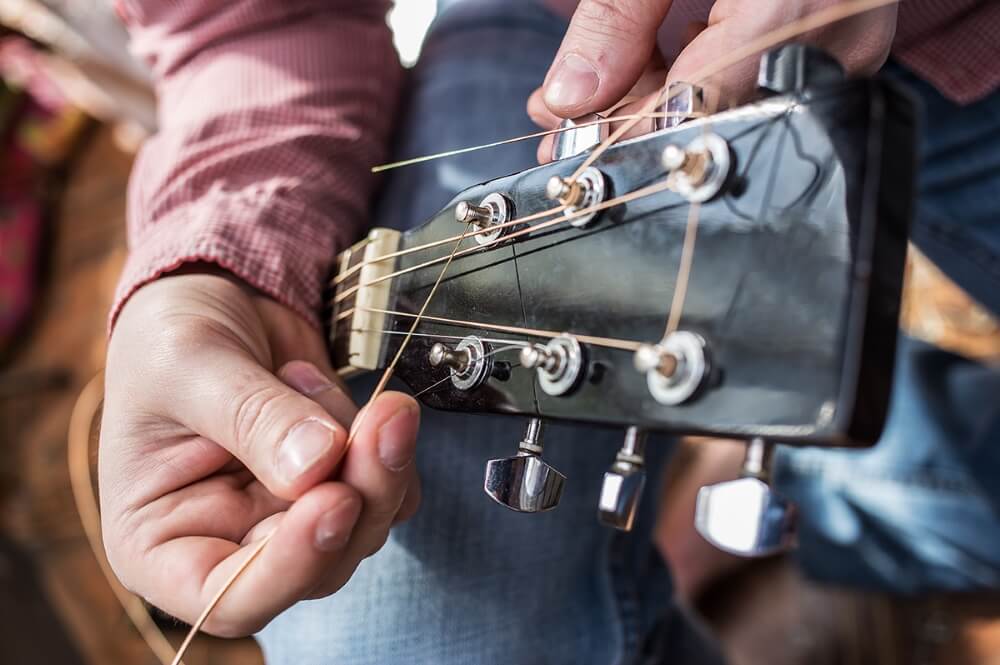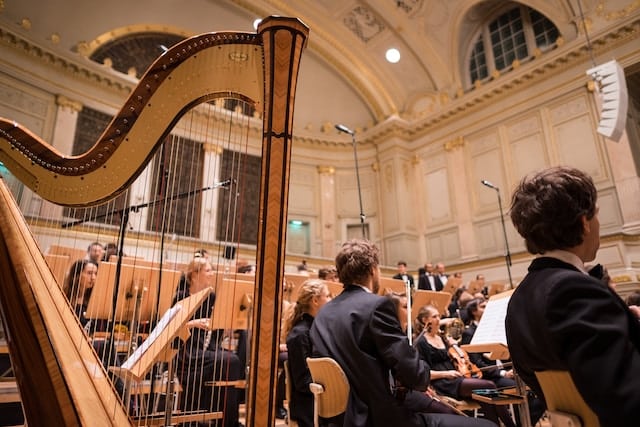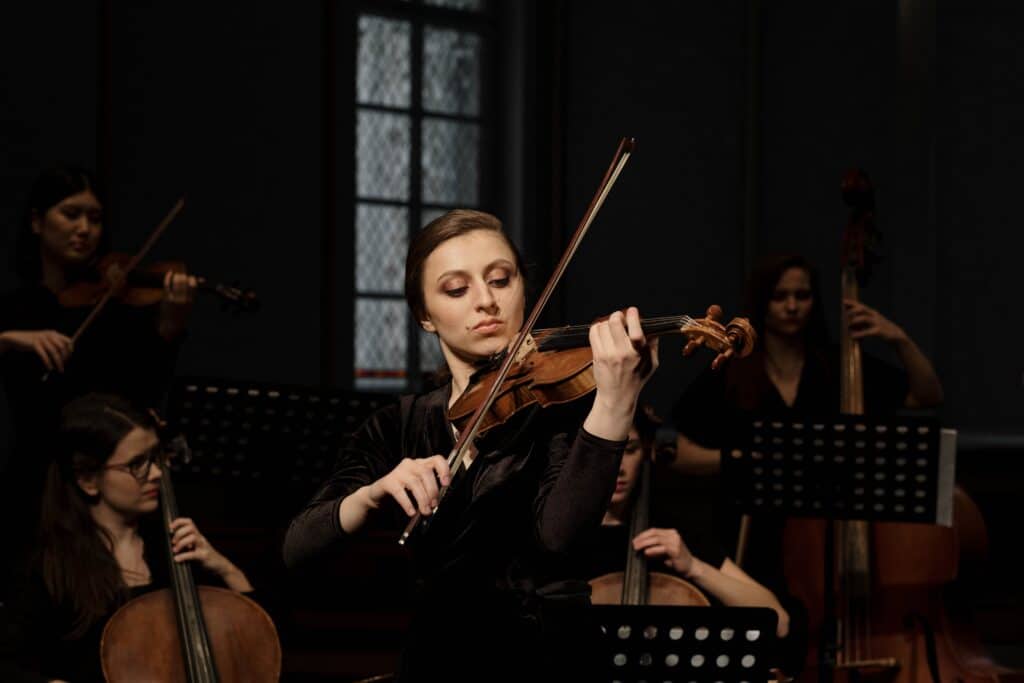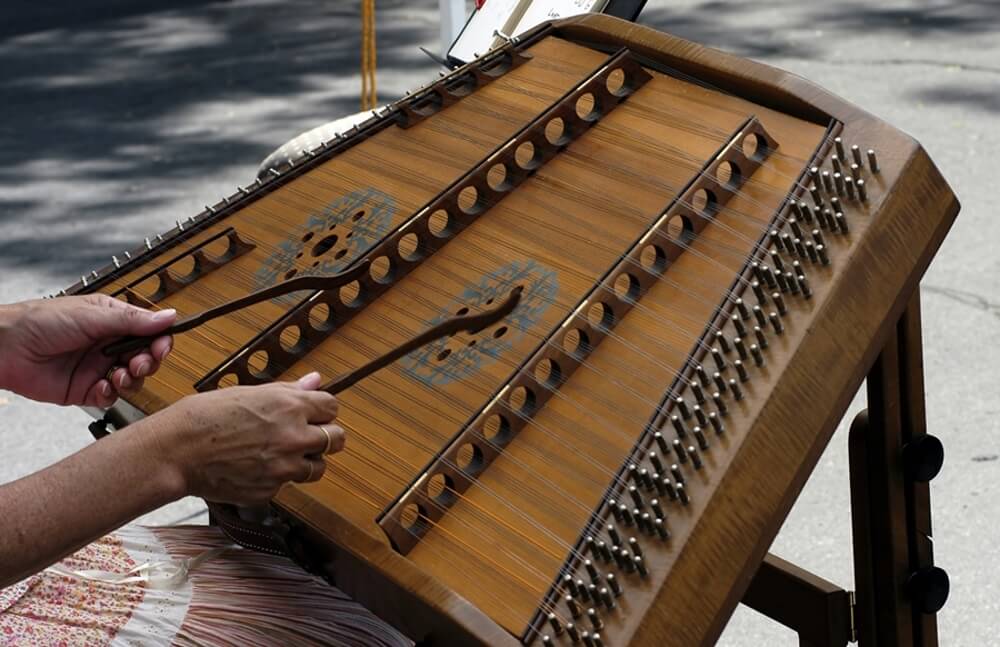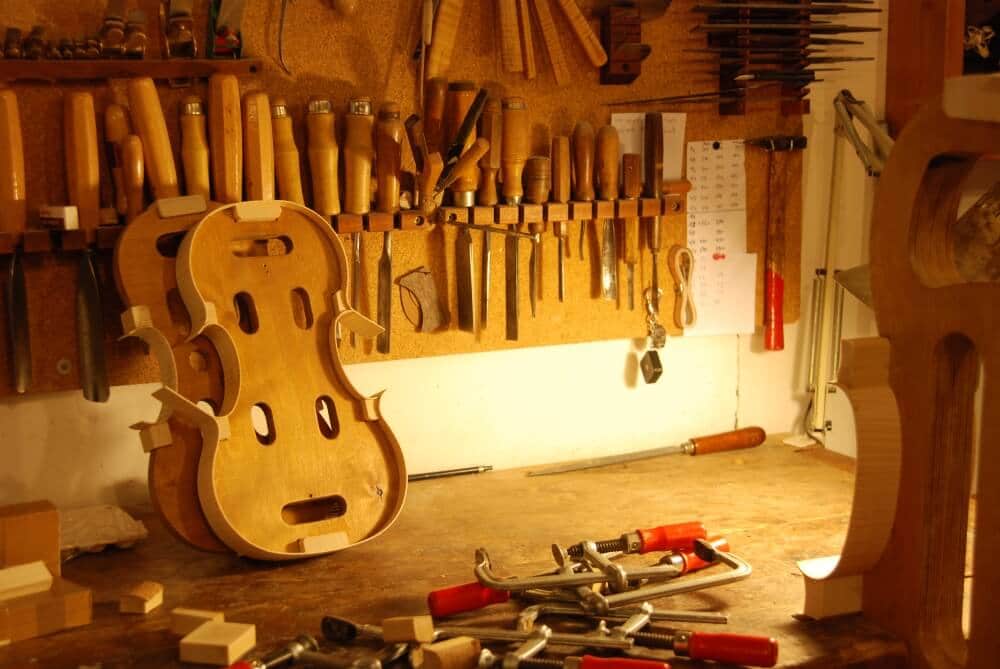How to pick the best violin for beginners?
There is a lot to consider when it comes to getting the best violin for beginners, as trying to find value for money can be difficult. Besides the construction style and accessories, you have to consider the ideal size and weight, among other factors. In this buying guide, we will look deeper into all those key features to paint a clear picture to help you find the best starter violin for you.
Violin size
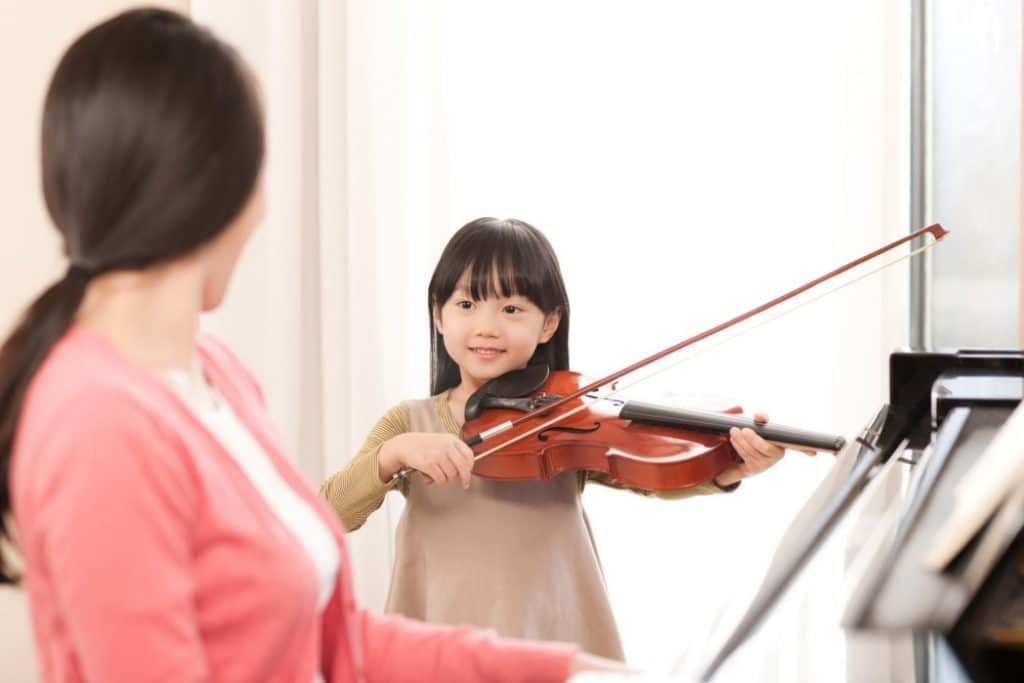 It can be tempting to get a full-sized violin and get used to playing it, but it’s often the case that you’d be better off with something else. All adults will use a full-sized violin, but for children, it’s a different story.
It can be tempting to get a full-sized violin and get used to playing it, but it’s often the case that you’d be better off with something else. All adults will use a full-sized violin, but for children, it’s a different story.
While there are general age categories, it’s all based on arm length, which is measured from the neck to the palm of an outstretched arm. A 1/16 violin, for example, would be best suited for players with the arm length of 15″, and this would most likely be for a child between the ages of 3 and 5.
It’s important to get the right size. Otherwise, the violin would be much more difficult to play.
If you’re looking for a wide range of options, then the
Cremona SV-75 will offer you seven different sizes as well as beautiful modern design.
Construction
The construction of violins for beginners is fairly standard for all models, as can be seen with the ADM Acoustic Violin. The top is usually made from spruce, as this helps with the tone and gives the violin that beautiful appearance. The back and sides of the violin are often constructed from maple, which again helps to that sound to feel full and warm. This is the tried and tested method of making a violin and has been proven to be the best option. Any other woods used simply wouldn’t have the same quality.
The fingerboard needs to be made from a very solid wood, which is almost always ebony. It needs to be a hardwood due to the stresses caused to the fingerboard by the strings. On cheaper violins, the fingerboard is sometimes substituted for another type of wood, but the body is pretty much always the same.
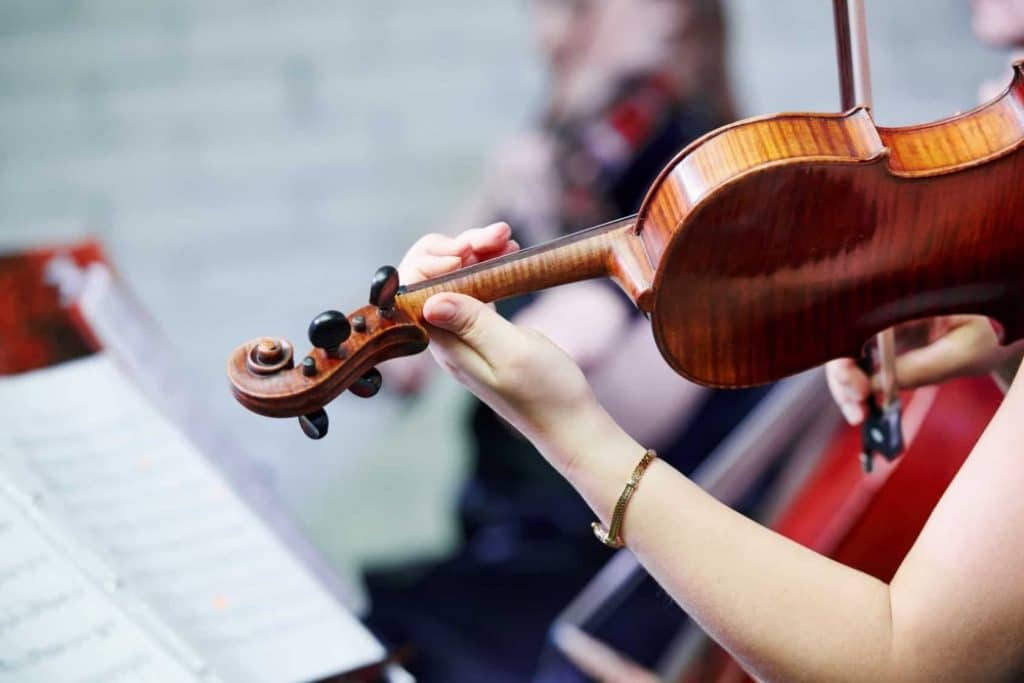
Weight
You’re going to be holding a violin up for extended periods of time, and, therefore, the weight is going to be important. If it’s for someone who is petite or a child, then a few pounds can make all the difference. You have to factor in how easy it is to transport from one place to another.
For a full-sized violin, you ideally shouldn’t be looking at anything over 5lbs with some violins being just over 3lbs. If you are searching for the lightest full-sized violin, then the Sonart Violin can be a nice option for you.
As you start to look at smaller violins, they will naturally decrease in weight and make it easier for children to play.
Bow
Beginner bows are often made from Brazilwood, which is quite a broad name for any type of wood that comes from the tropical areas of Brazil. This is a budget option, but still has the quality required for a starter bow, such as found with the Paititi Artist-100. More premium bows will be made from Pernambuco wood.
The strings of bows are made from horsehair, which need to come from a cold part of the world, such as Mongolia or Canada as, it will be thicker. White and unbleached hair should be used as the quality of bleached hair could be compromised.
Chin rest
There are a few types of chin rest out there, and the right one for you will come down to personal preference. A few of the violins we’ve looked at have a Kaufman-style chin rest, which is a flat cup on the left side of the violin. The Cremona SV-130 has one included in the package.
Some of them are contoured, some have a lip and others will be placed on slightly different parts of the violin. More expensive models will have a more stylish wooden rest, but budget options often simply have a durable plastic rest.
Shoulder rest
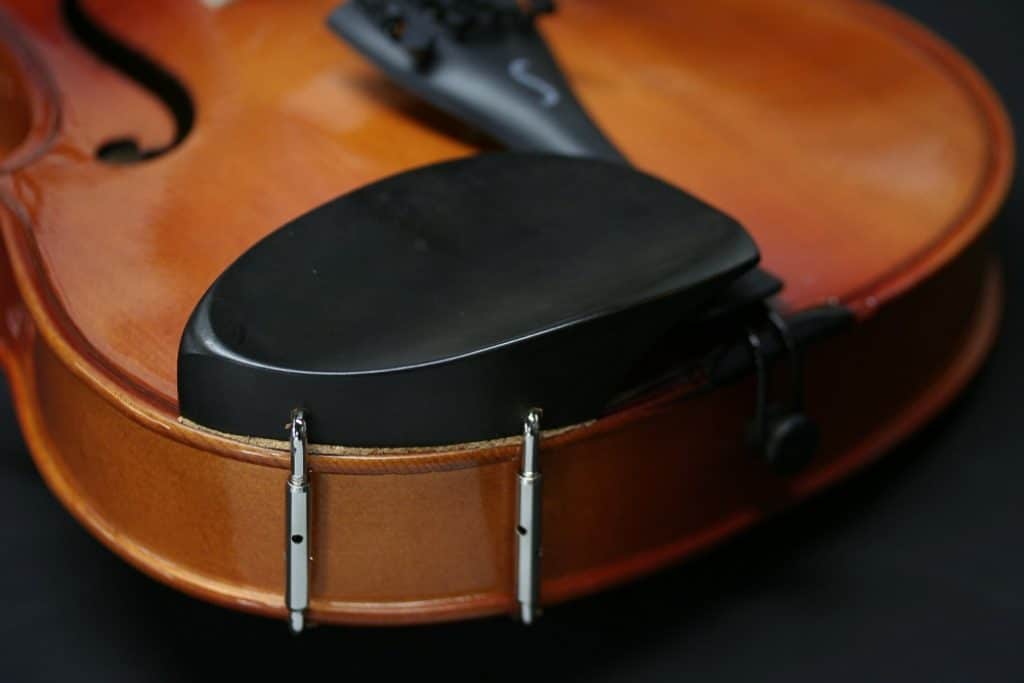 Whereas everyone will use a chin rest, not everyone will use a shoulder rest. For those who use one, they will say that it increases comfort and allows you to play for longer without having any stress or fatigue. Others will say that it feels unnatural and places the violin in an awkward position.
Whereas everyone will use a chin rest, not everyone will use a shoulder rest. For those who use one, they will say that it increases comfort and allows you to play for longer without having any stress or fatigue. Others will say that it feels unnatural and places the violin in an awkward position.
Only some of the violins that we have looked at come with a shoulder rest, and if you want one, you can find it with the premium Cecilio CVN-300. If you’re unsure, then you might want to try playing without one and then make a judgment.
Strings
The strings of a violin will have a huge impact on the way it sounds. All of these violins are going to come with strings, but they can vary quite a bit in quality. Also, strings will reduce in quality over time, which means they will always need to be replaced sooner or later.
When you’re starting out, it’s harder to notice the difference between different types of strings. Once you start to get a little bit better on the violin, it’s a good idea to then invest in better strings to make a better quality of sound.
A few of these starter kits come with a spare set of strings, which is a nice additional feature to have.
Warranty
You always want to have assurances that you’re getting a quality instrument that is going to be able to stand the test of time. The ADM Acoustic Violin is an example of a good violin that has a 1-year warranty should anything go wrong.
You always want to double-check your warranty to make sure it’s covering what you want it too. Having one will give you peace of mind that you’re getting a quality violin and one the manufacturers have confidence in.
Carry case
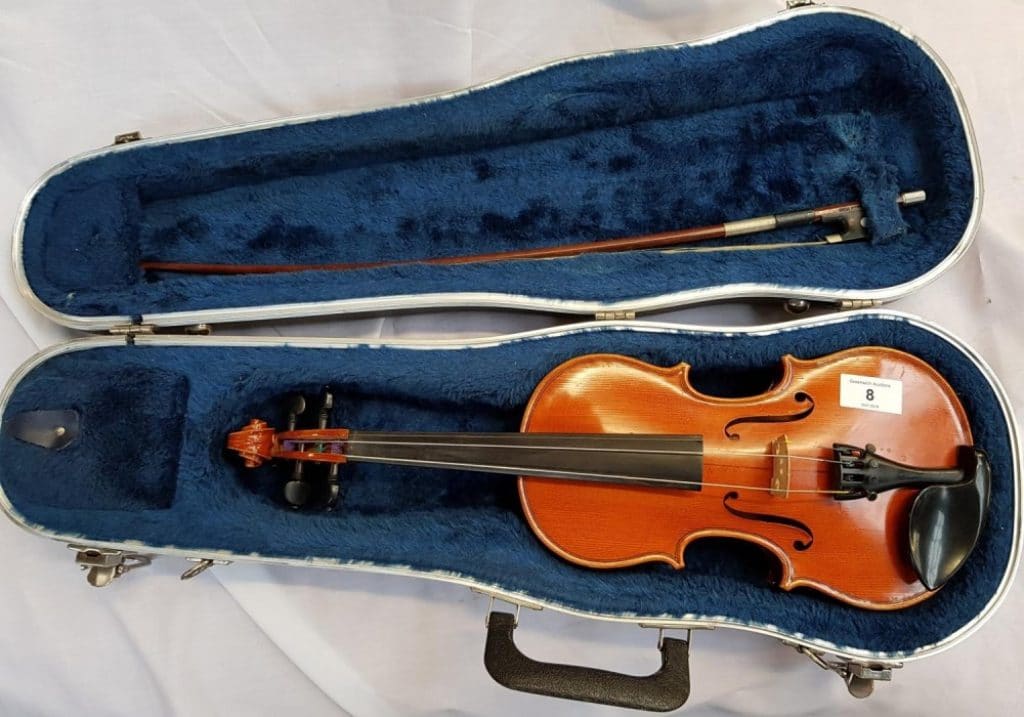 If you plan on taking your violin anywhere, then you will need a case. Whether you want a soft or hard case will depend on your needs. The Cremona SV-130 is an example of a violin that comes with a highly durable case that offers excellent protection.
If you plan on taking your violin anywhere, then you will need a case. Whether you want a soft or hard case will depend on your needs. The Cremona SV-130 is an example of a violin that comes with a highly durable case that offers excellent protection.
Hard cases will offer you a higher level of protection but will be heavier, whereas soft cases will be much lighter, but not as resilient against drops and impacts.
This will come down to which one will suit your needs.
Other useful accessories
If you’re getting your first violin, then there are a few other things that you’re going to need. We’ve already mentioned the chin and shoulder rests, but there are other useful accessories such as rosin that you have to have to add friction to your bow.
The Cecilio CVN-300 kit has a wide range of accessories to get you started. You will most likely need a tuner as this will make your life a lot easier. Other extras, such as instructional booklets and stickers with notes on, can really help to progress faster.
Prices
Even for beginner violins, there can be quite a difference in price. If you feel committed to playing, then you may opt for a more expensive model, but if you’re a little unsure, getting a budget option might be for the best.
The Crescent 4/4 Full Size Student Violin Starter Kit and Mendini by Cecilio MV300 are both great examples of how you can get a high-quality beginner violin for under $70. They are perfect for starting out and still have good sound quality.
At the next level, you get the models like the Cecilio CVN-300 and Cremona SV-75, which are available for around $150. They have a higher level of quality and a range of useful accessories that make each of them a wonderful option for beginners.
If you don’t mind paying a little extra, you can get the Stentor II 1500 or the Cremona SV-130 around $190. Both of these violins look a lot more expensive than they are and are perfect to get you started on your journey as well as to continue playing as you progress.





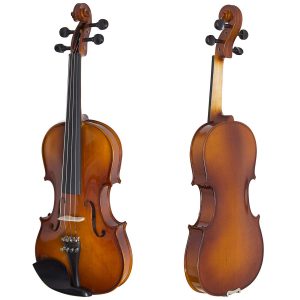
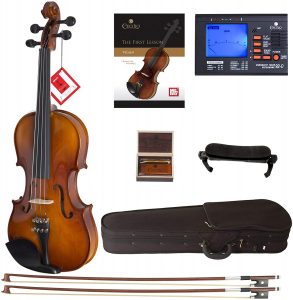
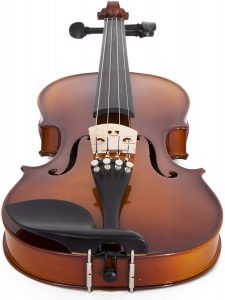

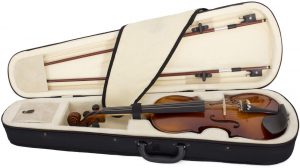


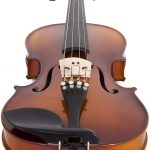
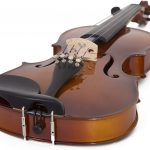
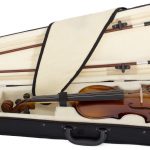
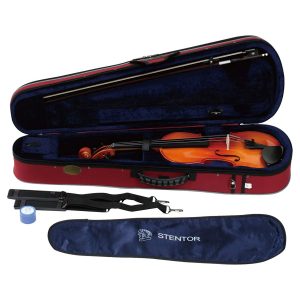


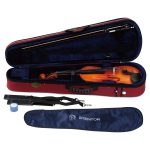

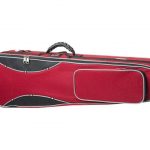

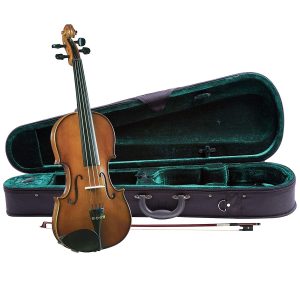
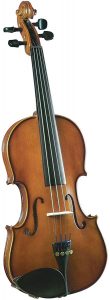
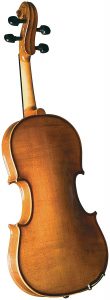

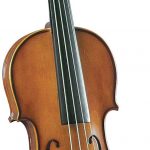

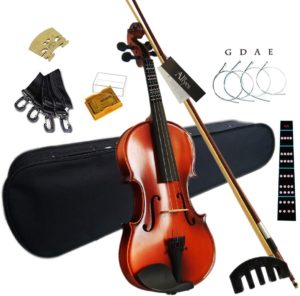
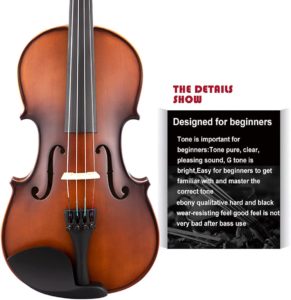
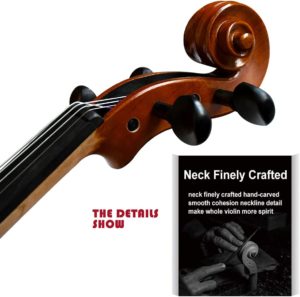
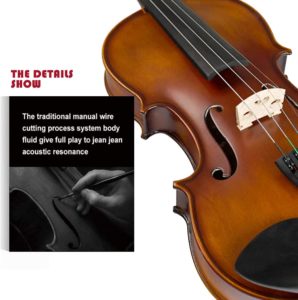

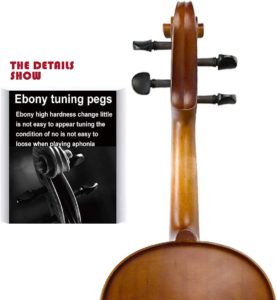
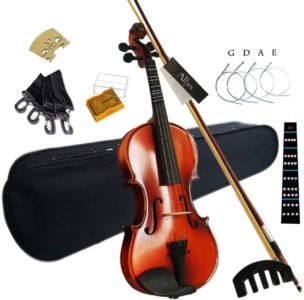
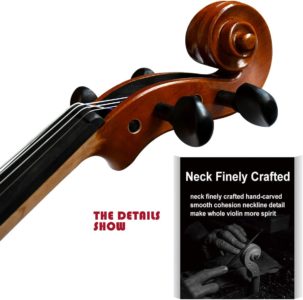

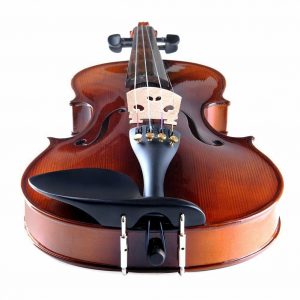
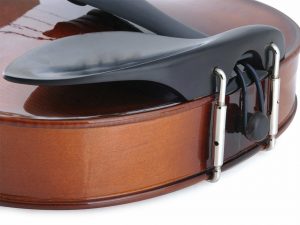

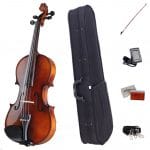
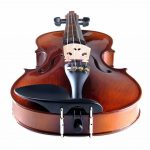
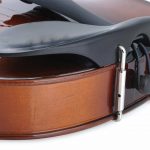
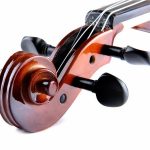
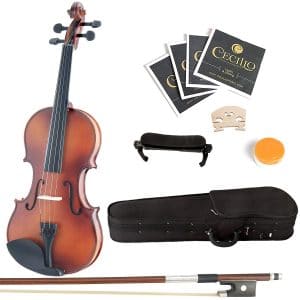
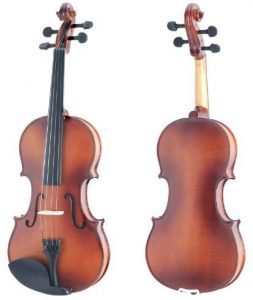

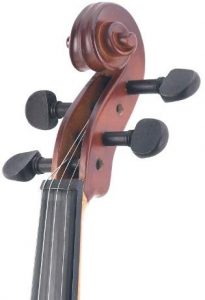
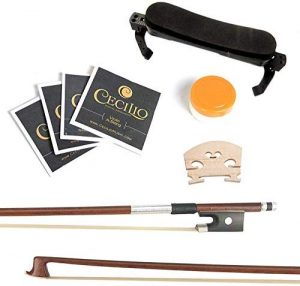
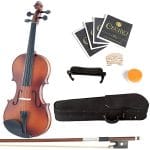
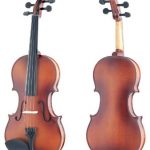
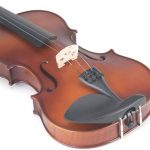
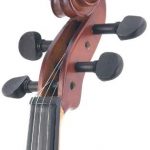
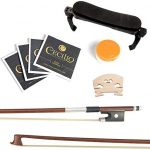
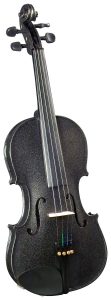


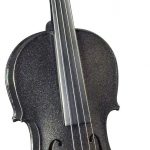
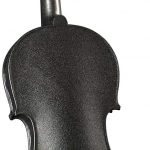


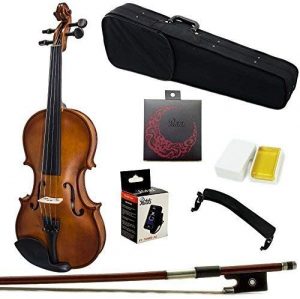
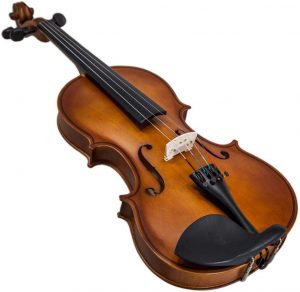
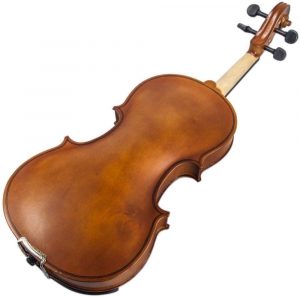
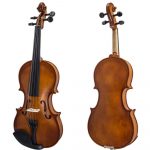
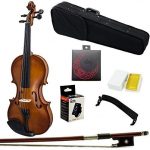

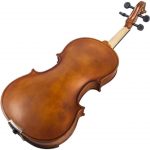
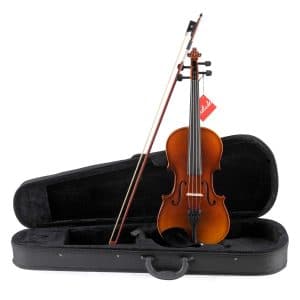

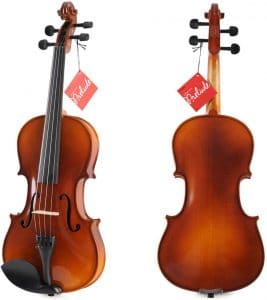
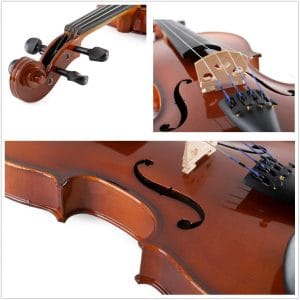
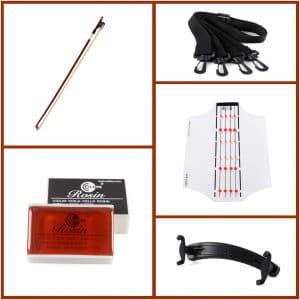
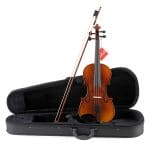
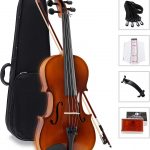
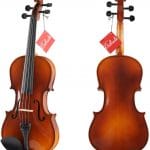
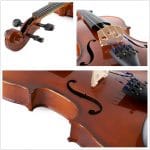

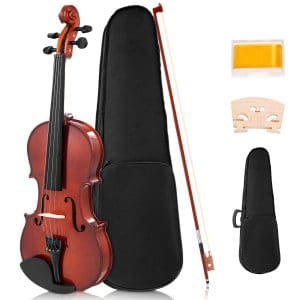

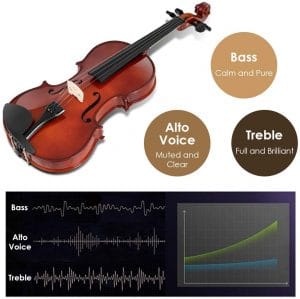
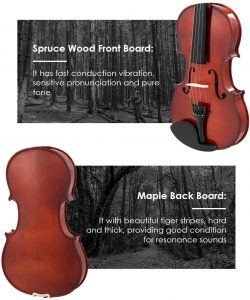
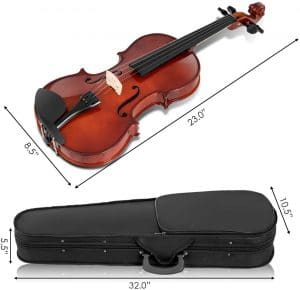
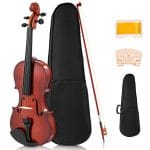
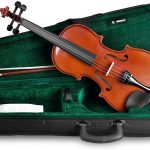
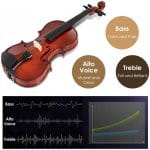
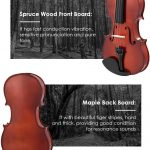

 It can be tempting to get a full-sized violin and get used to playing it, but it’s often the case that you’d be better off with something else. All adults will use a full-sized violin, but for children, it’s a different story.
It can be tempting to get a full-sized violin and get used to playing it, but it’s often the case that you’d be better off with something else. All adults will use a full-sized violin, but for children, it’s a different story.
 Whereas everyone will use a chin rest, not everyone will use a shoulder rest. For those who use one, they will say that it increases comfort and allows you to play for longer without having any stress or fatigue. Others will say that it feels unnatural and places the violin in an awkward position.
Whereas everyone will use a chin rest, not everyone will use a shoulder rest. For those who use one, they will say that it increases comfort and allows you to play for longer without having any stress or fatigue. Others will say that it feels unnatural and places the violin in an awkward position. If you plan on taking your violin anywhere, then you will need a case. Whether you want a soft or hard case will depend on your needs. The
If you plan on taking your violin anywhere, then you will need a case. Whether you want a soft or hard case will depend on your needs. The 




